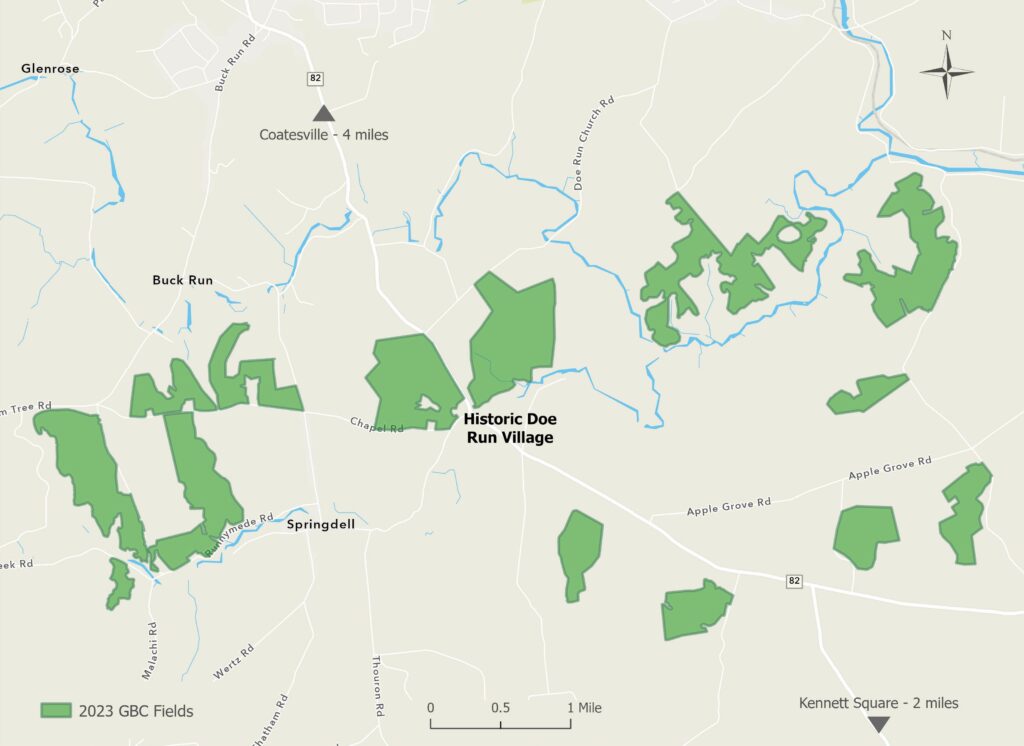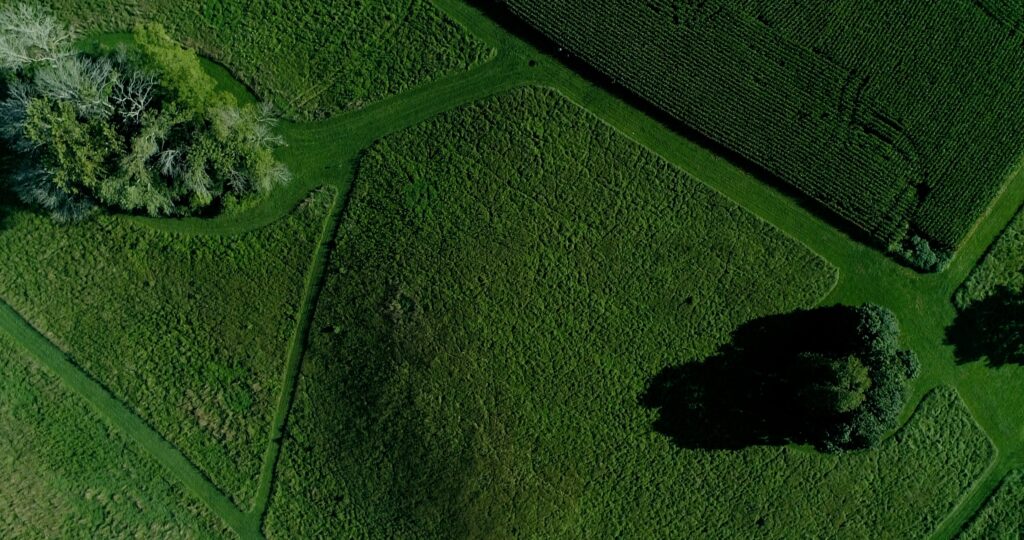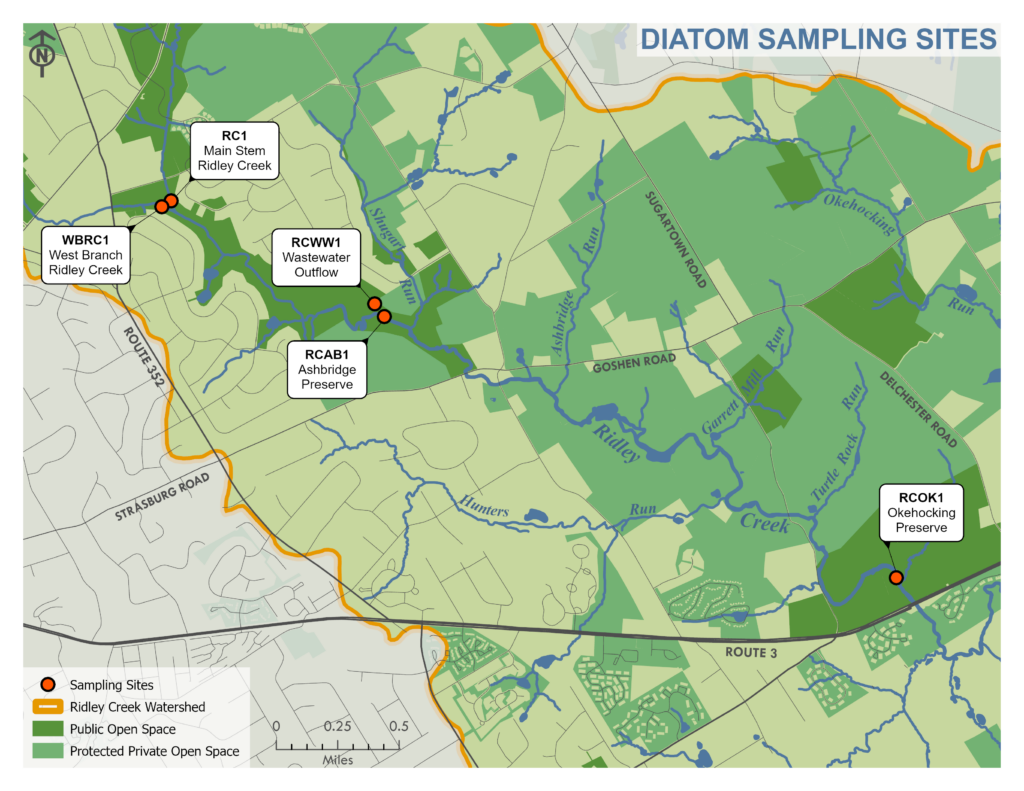Make a smart investment
The end of the year is a great time to reflect upon the organizations in your community whose mission reflects your values and the things you care about. A charitable gift to WCT is a wonderful way to invest in the importance of open space and the preservation of wildlife habitat and natural resources on a local level. Below are some ways you can help support our mission.
Donating from your IRA
If you are 70 ½ years of age or older and are taking Required Minimum Distributions (RMDs) from your Individual Retirement Account (IRA), there are potentially significant advantages to making a Qualified Charitable Distribution (QCD) directly to WCT (WCT) from your IRA as part of your year-end giving.
You may be able to make a more sizable contribution than you previously planned and create future benefits at the same time. As you know, RMDs are required whether you need the funds or not. Did you know you can transfer up to $100,000 directly to a 501(c)3 such as WCT via a QCD without increasing your total taxable income and the potential of pushing you into a higher tax bracket? Married couples can contribute $100,000 each. Such distributions can also decrease your RMD required in future years and are also not counted toward the deductible contributions maximum. Your IRA custodian can either send a check directly to us or to you for delivery. Contact your tax planner and IRA custodian PDQ (pretty darn quick!), or by December 31, if you think this strategy might make sense for you this year or in the future!
Donating Cash Gifts
Use your credit card and safely make a donation on our website with our secure checkout. You can ensure your entire donation goes to us by covering the credit card processing fee. You can also mail a check directly to WCT at our office address: 925 Providence Rd., Newtown Square, PA 19073
Donating Stock
The donation of appreciated stock is another way to invest in the mission of WCT, and it may provide certain tax advantages. Don’t forget to notify us of your intention to donate stock, so that we can ensure a smooth transaction.
Gift Matching
Ask your employer if they offer matching contributions, so when you donate to us you can double your impact! And if your employer can’t make a monetary match, they might be interested in volunteer opportunities and/or a corporate partnership with WCT.
Shopping for WCTSupport us when you shop at Amazon at no cost to you! We are registered with AmazonSmile, so when you select WCT as your favorite charity and head to smile.amazon.com (which has the same products, same prices and same services as the Amazon you know), amazon will donate 0.5% of the price of your eligible purchases.
Using a Donor Advised Fund
A donor advised fund is a charitable giving program that allows you to combine tax benefits with the flexibility to support your favorite causes. Please consider recommending Willistown Conservation Trust as an organization to support through your donor advised fund. We are a 501(c)3 non-profit that is powered by the support of donors like you.






